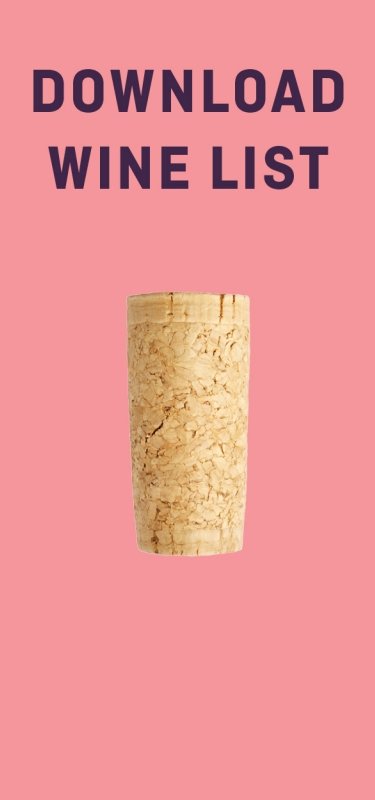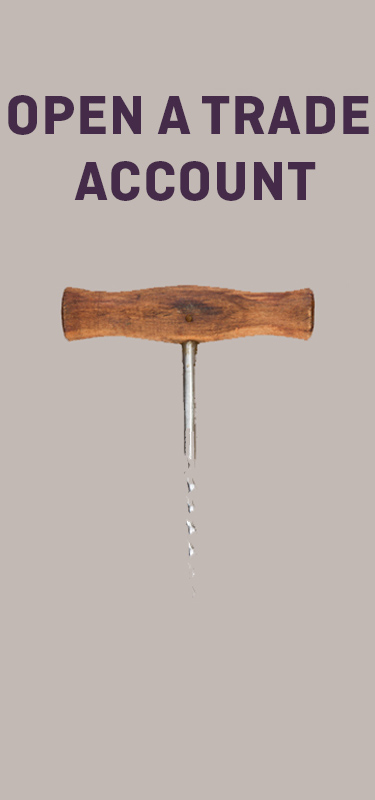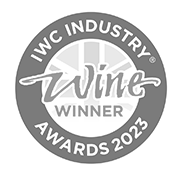Château du Tertre
Although the chateau at du Tertre dates only from the 18th century, the origins of the estate are ancient, as it once belonged to the Seigneurie d'Arsac. This is one of the oldest of the Médoc's noble families, very early records revealing the presence of a Guillaume Guiral d' Arsac in 1143. The original Arsac stronghold was destroyed during the Revolution, but subsequently rebuilt, and is what we now know as Chateau d'Arsac, the Margaux cru bourgeois estate. What became the Chateau du Tertre of today was brought into the seigneury by the Montaigne family.At the time of the 1855 classification, in which Chateau du Tertre was ranked as a fifth growth, it was in the hands of Charles Henri, although he subsequently sold it on to Henri de Koenigswarter. Through the latter 19th and early 20th century, the sequence of phylloxera, worldwide economic depression and war had the usual effects at du Tertre. Hope came when the derelict property was purchased by the Gasqueton family, who already owned another ex-Sígur property in the shape of Calon-Sígur, in 1961. There was dramatic investment and certainly an improvement in the wines was reported, but although satisfactory they never established a thrilling reputation. For that to happen another change of ownership was required, and following Gasqueton's death in 1995 the estate was sold by his widow to Eric and Louise Albada Jelgersma of Chateau Giscours. It is under the tenure of Jelgersma, with assistance from manager Alexander van Beek, that the wines of du Tertre (and Giscours, which is just next-door) have really taken off; success at the latter estate has admittedly been tainted a little by an oak scandal, but there have never been any such concerns at du Tertre.The du Tertre vineyards are remarkable for being in a single, coherent block adjacent to the chateau, covering about 50 hectares of the aforementioned plateau in Arsac. This is a gravelly, pebbly mound typical of the region, planted with 40% Cabernet Sauvignon, 35% Merlot, 20% Cabernet Franc and 5% Petit Verdot. The vines average about 35 years of age, with many dating from the 1950s and 1960s, the average age brought down by the planting of 4 hectares of Cabernet Sauvignon and a little Merlot in 1999. The cuvier was also subject, like the chateau buildings themselves, to extensive restoration. The harvested fruit is fermented in traditional wooden vats stretching up to the first floor, with temperature control, and a maceration of up to three weeks. The wine spends up to eighteen months in oak, of which 50% is replaced each year, with racking every three months and an egg white fining at the end. Throughout the process, from harvest to barrel, the wine is transferred by gravity feed rather than mechanical pumping.






